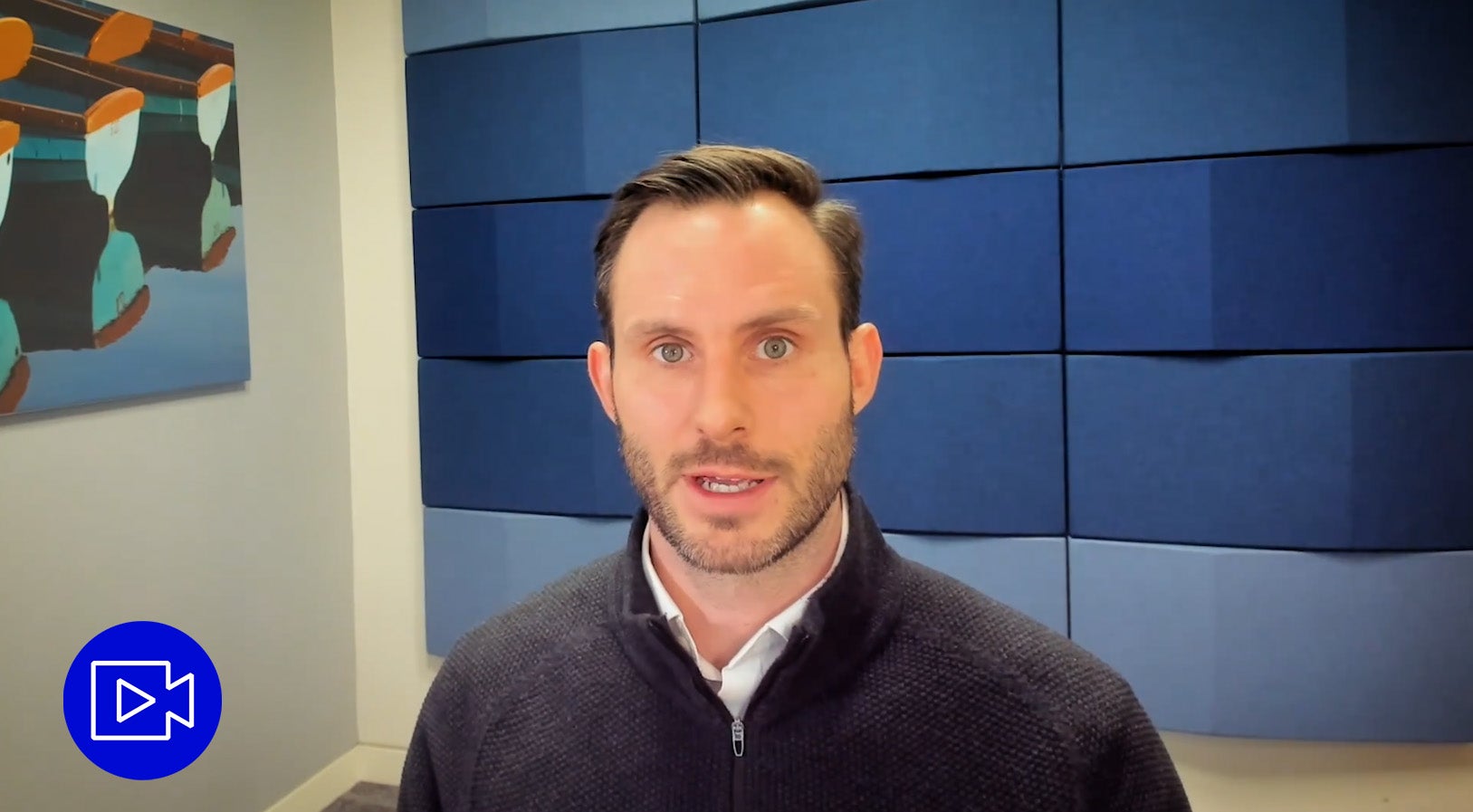Obviously, there are reasons why India has been outperforming China, and there are good reasons for Indian stocks to trade at higher multiples than Chinese ones. Not least the geopolitical situation between China and the US, and the weak Chinese economy.
But while the Indian economy may be a lot better than the Chinese economy, it’s not perfect by any means, for example economic indicators for the consumer economy are less rosy than share prices of some consumer stocks might suggest. Passenger vehicle sales are -6.9% y-o-y and domestic air passenger numbers -4.7% y-o-y, with volumes of both still below 2019 levels, whereas plenty of the stocks in these sectors have been rallying strongly and are close to all-time highs.1
And although earnings resilience has been a lot better in India than in China over the last few years, it is not as though we are seeing constant earnings upgrades in India. Larsen & Toubro, one of the best performers in India is now on 38x current year earnings. This lack of earnings upgrades contrasts with Tencent, the biggest index position in China. Earnings have been revised up in the last year, but the share price is down.
We are also seeing signs in India typical of stock market exuberance:
1. 2023 was a record year for IPOs in India against a backdrop of weak deals globally






